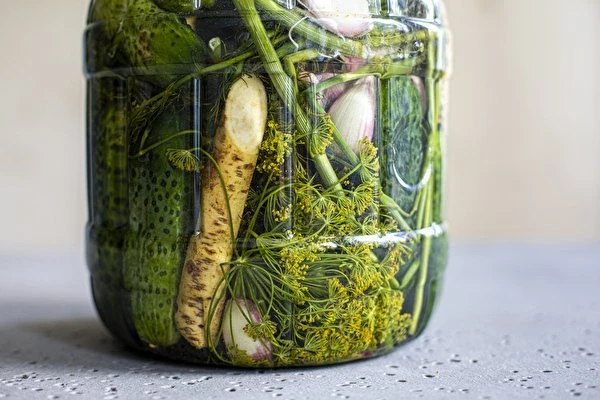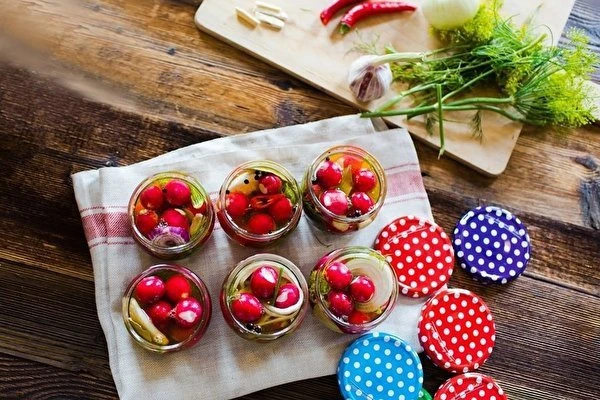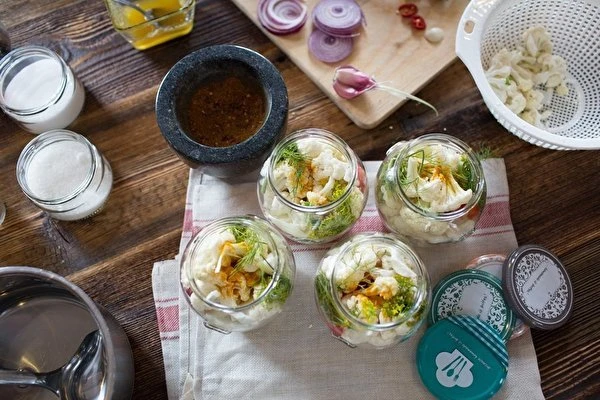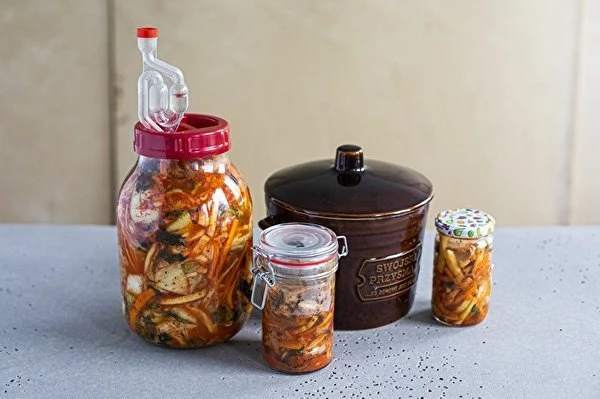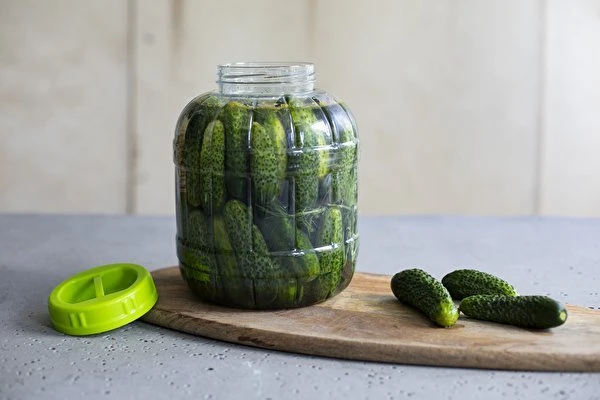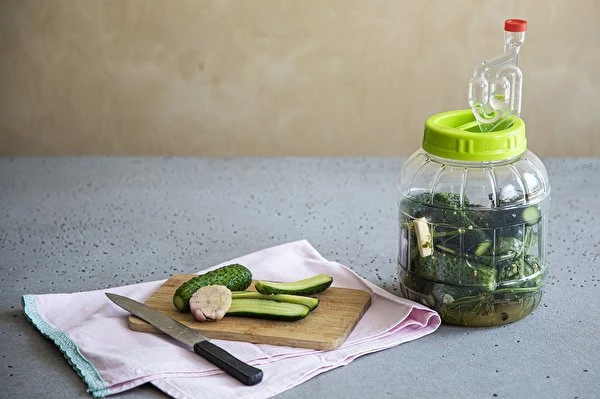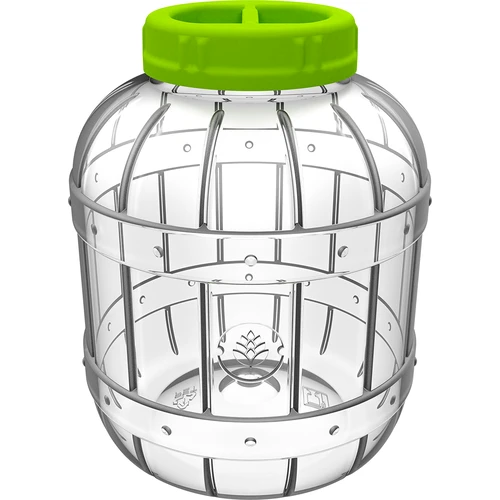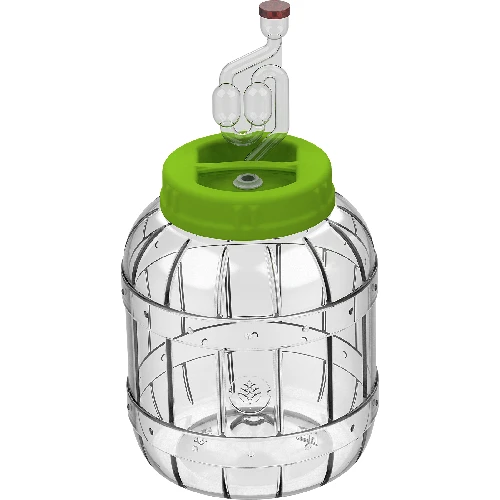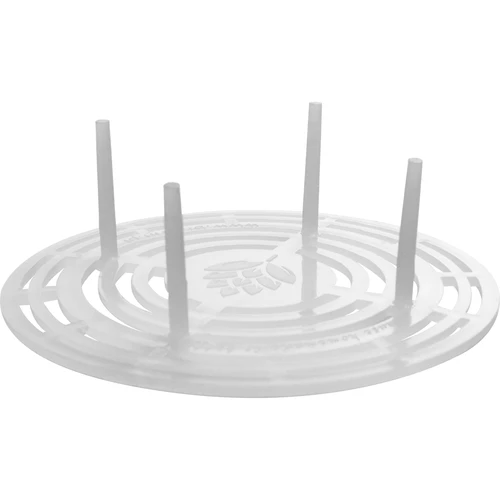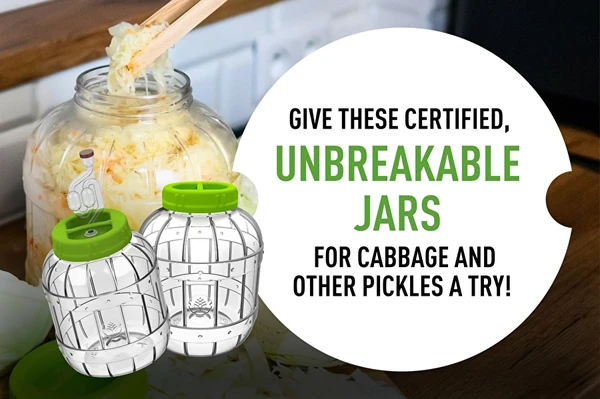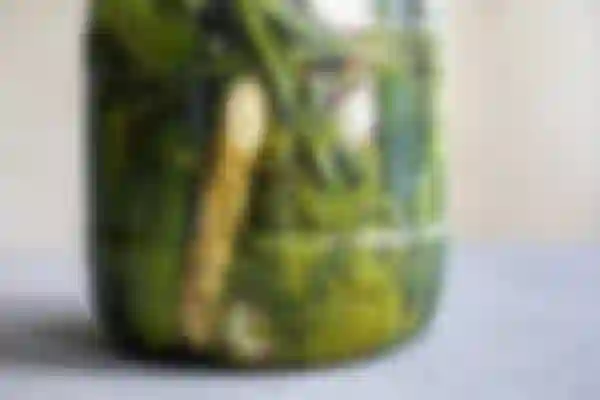
How does it work?
Brine pickling is a biological process relying on lactic fermentation carried out by lactic acid bacteria, mainly Leuconostoc, Lactobacillus plantarum, and Pediococcus. As a result of this process, the sugars stored in plant cells are converted to lactic acid, stopping any undesirable processes (by lowering the pH value of the environment to less than 5). Such processes are caused by spoilage bacteria, yeast, and mould, which are also present on vegetables or fruit. Producers working on industrial scale employ preservatives, such as sorbic acid that stop the growth of harmful microflora. However, if we adhere to all the principles of brine pickling, we should not worry about spoilage of our brine pickled food at home.
Why eat them?
Next to unique flavour and aroma, brine pickled food also provides nutritional benefits. It is rich in vitamins, such as B, C, and E, as well as in natural antioxidants. Additionally, lactic acid bacteria responsible for the fermentation process are probiotics and have a positive impact on out gut microflora, speed up metabolism, prevent infections, and support the immune system.
What can be pickled in brine?
Almost everything can be brine-pickled. The most popular brine pickles are:
- vegetables (e.g. cucumbers, cabbage - also in the form of kimchi, i.e. Far Eastern brine-pickled cabbage - beets, carrot, cauliflower, courgette, eggplant - also in the form of Japanese shibazuke with perilla and ginger,
- fruit, such as lemons, a Moroccan delicacy, apples, which are a Slavic specialty, and also plums, pears, grapes, and olives.


Obviously, it is possible to brine-pickle not only whole fruit and vegetables, but juices as well. Brine pickled beans - e.g. soy beans in the form of natto, miso, and tempeh - are also popular in Asia.
What can we brine-pickle in?
Brine pickling can be carried out in any container, but it is best to choose those that have been made for that purpose. They feature appropriate attestations for the purposes of contact with acids. Traditionally, food was brine pickled in stoneware or ceramic ware, which still remains an excellent option.

We can also choose glass jars, PET jars, and plastic barrels.
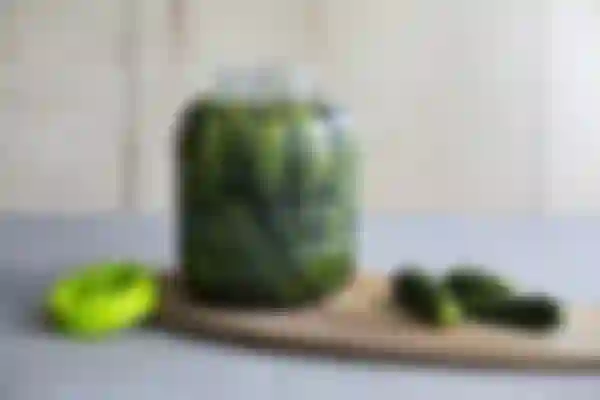
Non-shattering containers dedicated for brine pickling become more and more popular, replacing glass with success.

It is also worth using special bags intended for brine pickling.
In order to carry out brine pickling it is necessary to prepare the brine. A device that will be helpful for doing that is a salinity meter, i.e., an areometer intended for measuring salt content in water.
Additional accessories that may come in hand include shredders and rammers.
Trivia
Kombucha, i.e., brine pickled tea is becoming more and more popular. It owes its aroma to SCOBY, also known as the tea fungus.
Among the most extreme brine pickled meals the top one is probably kiviak, the traditional delicacy of Greenlanders. It consists of brine-pickled razorbill, wrapped in seal hide and buried underground. After enough time the birds are unburied and eaten. It is done outdoors because of the smell of that meal. The second place is occupied by fermented fish: surströmming (Sweden), hongeo-hoe (Korea) and kusaya (Japan).
...because homemade is better!






 Cheese calculator
Cheese calculator



 Winemaking
Winemaking






